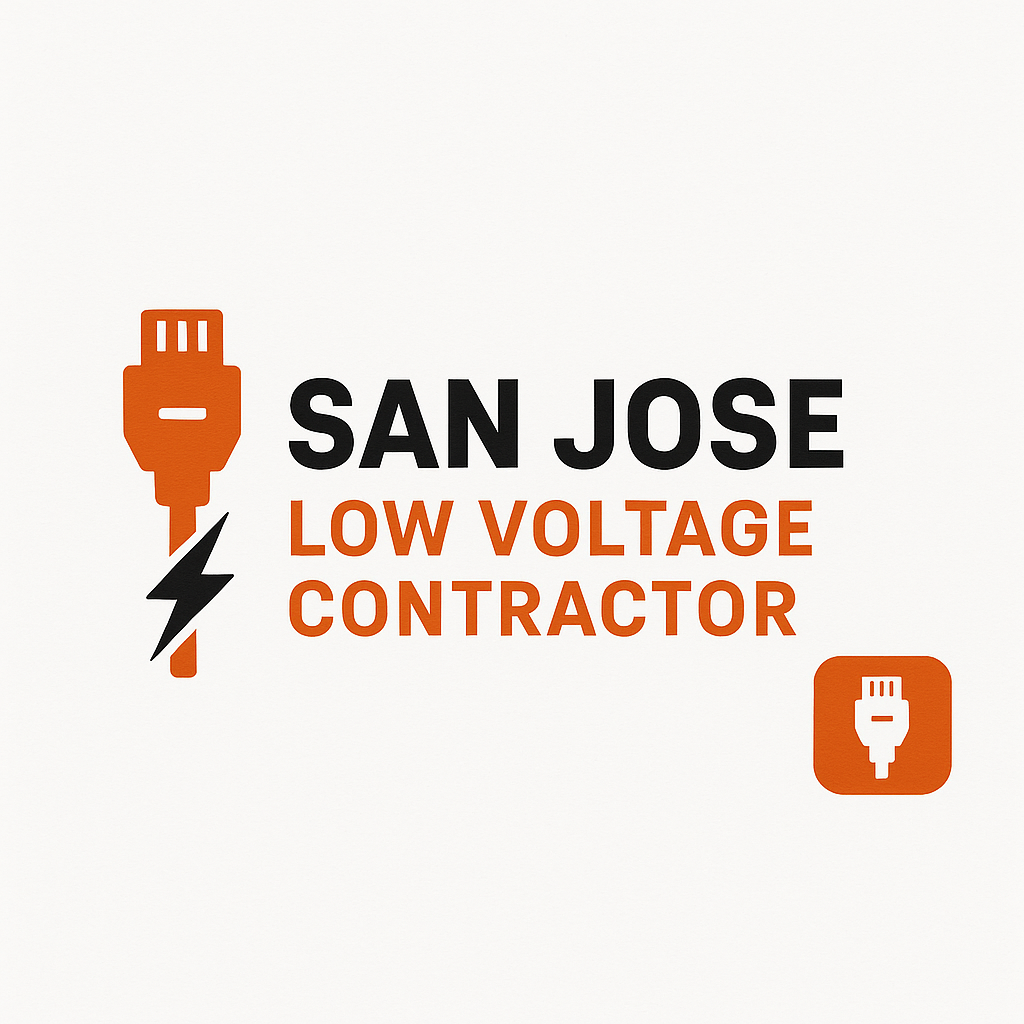Structured Cabling for Apartments in San Jose — Best Practices & Insights
Structured cabling is critical infrastructure for modern apartments in San Jose. Whether in new developments or retrofits, a well-designed cabling system supports high-speed internet, security systems, smart home features, and tenant demands. In this blog, we explore what structured cabling is, why it matters for multiunit residences in San Jose, key design considerations, typical challenges in local environments, and guidance on planning or upgrading cabling systems.
What Is Structured Cabling?
Structured cabling is a standardized system of cabling and connectivity components that supports multiple types of hardware, applications, and services. It includes horizontal cabling (to outlets in apartments), backbone cabling (connecting floors or buildings), patch panels, racks, terminations, and pathways (conduits, trays). The idea is modularity, scalability, and future readiness.
In an apartment complex, structured cabling allows:
- High bandwidth Ethernet / data connections
- IPTV, streaming, and in-unit entertainment
- Security cameras and access control
- Intercoms, VoIP phones
- Smart home wiring (sensors, automation)
Why Structured Cabling Matters in San Jose Apartments
1. Growing Bandwidth Demands
Tenants expect gigabit speeds or better. The proliferation of streaming, video conferencing, cloud services, and IoT devices means cabling infrastructure must support high throughput.
2. Future-Proofing
Upgrading patch panels or switches is easier if the cabling infrastructure is well organized. Rather than redoing wiring whenever needs change, structured cabling offers flexibility.
3. Reliability & Maintenance
Properly labeled, clean, and standardized systems reduce downtime and make maintenance more predictable. Fault finding becomes easier.
4. Safety and Aesthetics
Concealed, neat cable runs minimize hazards, improve aesthetics, and maintain fire and building code compliance.
5. Tenant Satisfaction & Competitive Edge
In a competitive rental market like San Jose, superior connectivity is a selling point. Apartments with reliable wired service may command higher occupancy or rent.
Key Considerations for Apartment Structured Cabling in San Jose
Cable Category & Performance
- Use at least Cat 6A or better (e.g. Cat 7 / Cat 8) to support 10 Gbps or higher.
- Shielding may be required in environments with electrical noise.
- Fiber backbone may be necessary between buildings or for long vertical runs.
Pathways & Conduits
- Design conduit and trays to allow pull space and maintenance access.
- Use vertical risers for multi-story runs.
- Ensure fire rating compliance where cables pass firewalls or floors.
Redundancy & Diversity
- Provide redundant backbone paths where possible to avoid single points of failure.
- Separate routing for critical systems (security, fire, communications).
Termination & Labeling
- Use standardized labeling schemes per floor, apartment, patch panels, ports.
- Use modular patch panels for better flexibility.
Power over Ethernet (PoE)
- Many components (access points, cameras, sensors) may rely on PoE. Ensure cable and switch support required power class.
Grounding & Bonding
- Proper grounding is critical for performance and safety, especially in shielded systems.
Environmental Protection
- In San Jose climate, protect cables from temperature extremes, sunlight (for outdoor segments), moisture, rodents.
Compliance with Building Codes
- Local fire, electrical, and building codes must be met. For example, use plenum-rated cables where needed.
- Consult local inspectors regarding cabling in common areas, utility closets, risers.
Scalability & Growth
- Design spare capacity (empty conduits, extra patch ports).
- Leave slack loops.
- Anticipate adding new amenities (e.g. additional security, future fiber expansions).
Challenges & Solutions Specific to San Jose
Challenge: Aging Structures
Many apartment buildings in San Jose are older and may lack space for cable trays or conduit.
Solution: Use flexible raceways, retrofit methods, and plan routes that exploit walls, ceilings, or shared shafts.
Challenge: High Density & Interference
Electrical equipment, HVAC, large-scale lighting systems may cause interference.
Solution: Use shielded cabling, maintain separation between power and data runs, and follow best practices on bend radius and cable distance.
Challenge: Permits & Inspections
Local building departments may have strict requirements for fire separation, pathway systems, and permitted cabling methods.
Solution: Early consultation with local code officials, have plans submitted, and design to code from the start.
Challenge: Tenant Disruption
Wiring inside units may disturb existing finishes.
Solution: Work off hours, wall cavities, surface raceway with minimal intrusion, or coordinate with unit turnover periods.
Planning a Structured Cabling Project: Phases & Best Practices
- Site Survey & Needs Assessment
- Map unit count, floor layouts, existing wiring
- Determine device types, bandwidth needs, redundancy requirements
- Design & Documentation
- Create floor plans, pathway designs, rack elevations
- Define cable counts, backbone layout, termination points
- Permitting & Approvals
- Submit plans to local building/fire departments
- Coordinate with property management
- Installation
- Run backbone, risers, horizontal cabling
- Terminate and label
- Test every link (e.g. certification tests)
- Commissioning & Testing
- Performance verification (throughput, error rates)
- Record test results
- Provide as-built documentation
- Maintenance & Upgrades
- Scheduled inspections
- Capacity reviews every few years
- Plan for upgrades without disruption
Maintenance, Troubleshooting & Best Practices
- Regular inspections: Check for loose terminations, damaged jacket, heat or moisture intrusion.
- Change management: Document moves, adds, changes.
- Spare capacity: Keep slack and reserve ports.
- Alerts & monitoring: Use network management tools to detect faults or degradation.
- Fault isolation: Well-labeled systems allow rapid identification of issue location.
- Cable replacement strategy: Over time, cables age or degrade; schedule refresh cycles every 15 to 20 years or sooner if performance drops.
Conclusion
Structured cabling is more than just wires behind walls. For apartments in San Jose, it is foundational to ensuring reliable, high-performance connectivity, future flexibility, and tenant satisfaction. By prioritizing good design, compliance, scalability, and maintenance, property owners and integrators can build systems that serve both present and future needs. A thoughtful approach minimizes downtime, maximizes value, and ensures the network keeps pace with evolving demands.
